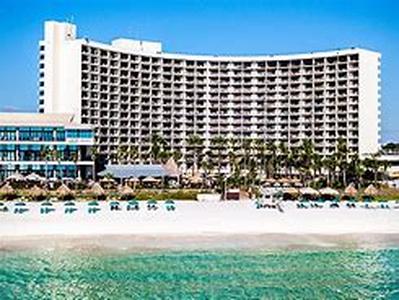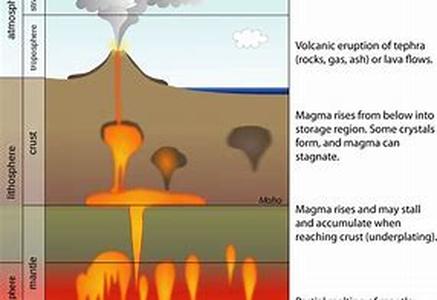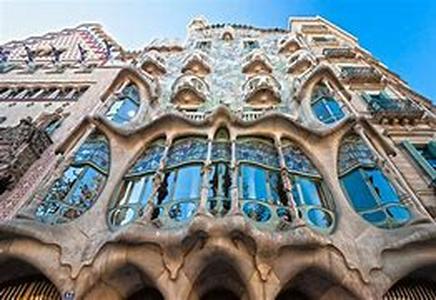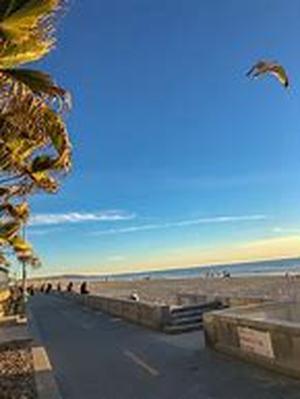
OverviewDubbed As The Worlds First Transcontinental Train Network, The Panama Canal Railway Stretches Across The Countrys Isthmus Down To The Oceans Of The Atlantic And Pacific. It Was Constructed During The Period Of 1850- 1855 Where Its Structure Was Critical Upon Building The Panama Canal That Followed Decades Later. The Need For It Was Inspired By The California Gold Rush, A Period In The American History Signified With World- Wide Interest.HistoryEven With The Existence Of Camino Real And Las Cruces, Two Trail Ways In The Past Where It Served Communication For Over Three Centuries, Authorities Found That They Should Have A Cheaper And Faster Alternative. Since At That Time, It Seemed Very Arduous To Create A Newer One Given The Available Technology, The Panama Canal Railway Was The Ideal Solution. Commissioning A Study Into The Possibility, President Bolivar Of Colombia Carried It Out In 1827 To 1829 And Concluded That Having A Panama Canal Railway Was Really Possible However, It Was Eventually Brushed Off. By 1836, United States President Jackson, Ordered That Another Research Be Made Of The Proposed Routed For The Interoceanic Transmission For The Purpose Of Protecting His Citizens Traveling Through Water Transportations. It Paved Way For Them To Obtain A Franchise But It Fell Prey To The 1837 Panic And Pinned Down To Nothing.A French Company Was Granted A Concession For The Formation Of The Panama Canal Railway In 1838. An Initial Engineering Report Suggested That There Be A Conduit From Limon Bay To Boca Del Monte Which Is Twelve Miles West Of The Region. Then Again, It Was A Failure Due To Lack Of Funding. When The United States Once Again Turned Its Attention Into Securing A Reliable And Rapid Link Where It Came To Be Proceeding The Acquisition Of Upper California In 1848, Their Congress Authorized The Operation Of Two Lines Of Mail Vessels With The Course, New York To Chagres And Oregon To California.By May Of 1850, The First Territory Was Transformed Into An Actual Project But Immediately, It Was Very Tough Since The Heat Was Scorching And The Rainfall Was Repeating. Those Hindered Them To Quickly Carry Out Their Schemes. It Came To The Extent That They Have To Labor In Water That Was Up To Four Feet Deep. Diseases Such As Yellow Fever And Malaria Sickness Took On A Deadly Tool Despite The Fact That They Kept On Importing People.FinancingEight Times The Initial Estimate In 1850, The Overall Cost Amounted To Approximately US8milllion. That Included The Grueling Challenges On Trekking Mountains And Crossing Swamps Where Over 300 Bridges And Culverts Were Required To Be Made. Dominantly, Pecuniary Matters Were Credited To The United States Where The Key Patrons Were George Muirson Totten, William Aspinwall And John Lloyd Stephens.





